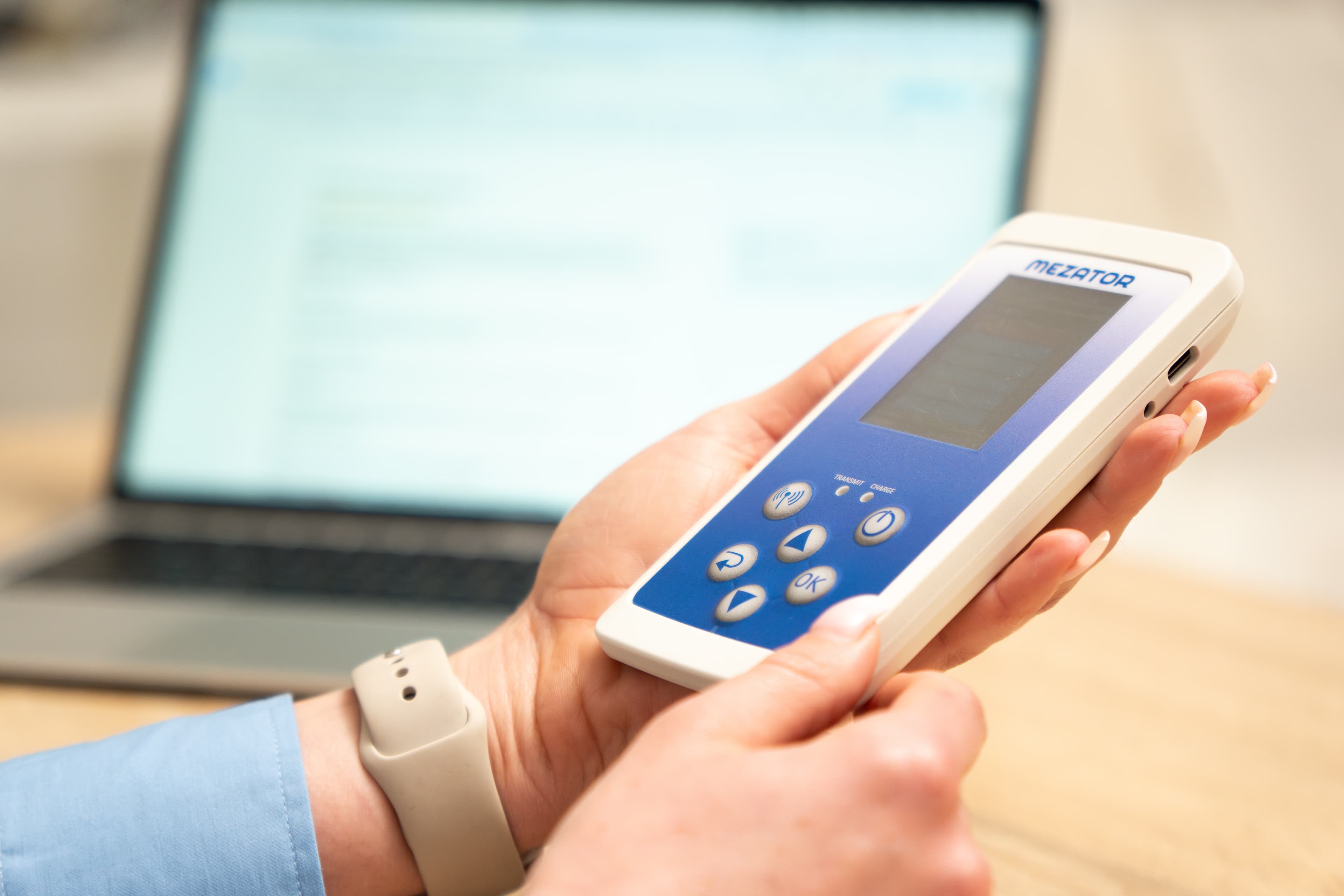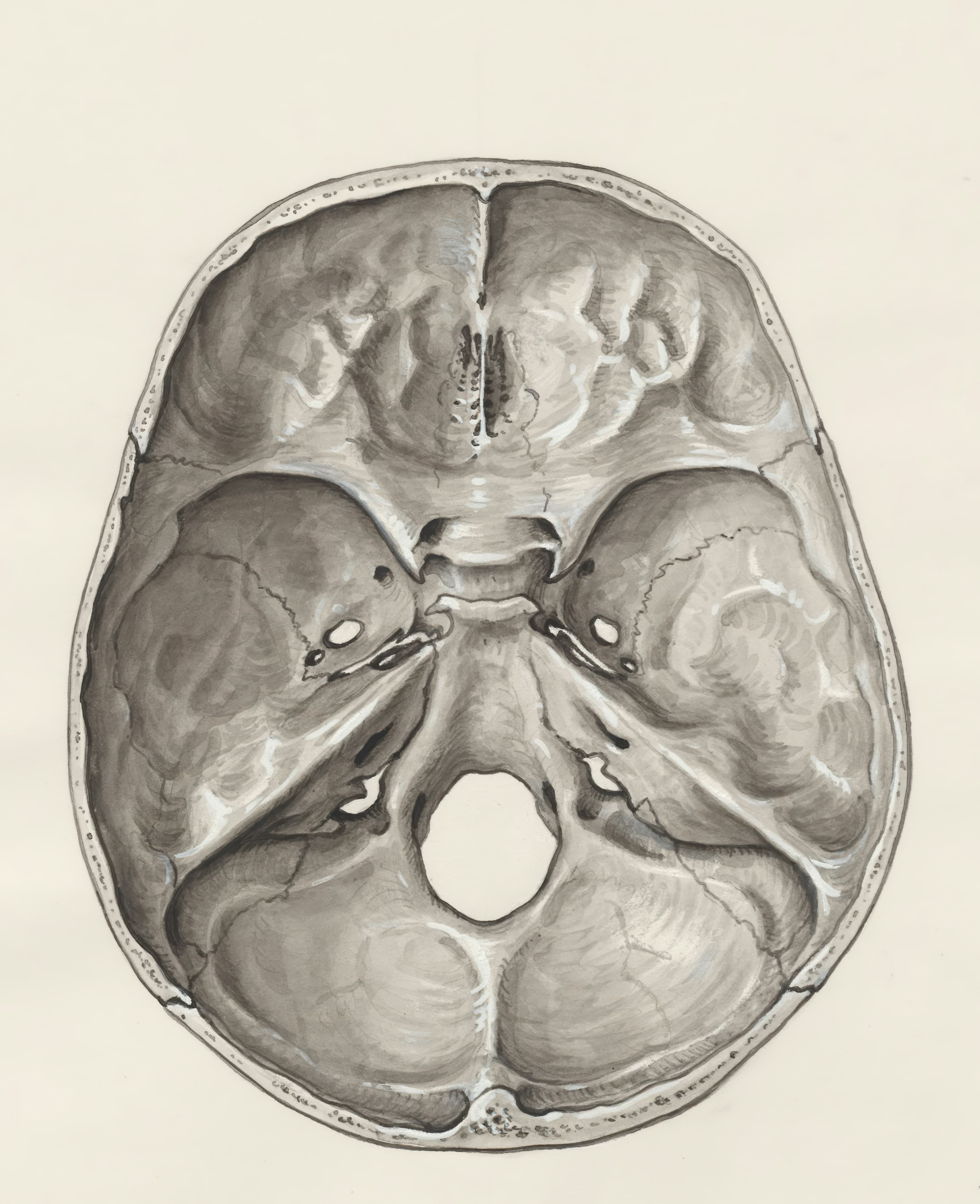Visualizing and Analyzing Your Bone Health
Understanding your bone density test results can be easier with the help of a chart:
- T-Score: The T-score is a measure of how your bone density compares to that of a healthy young adult of the same gender. A T-score of -1.0 or above is considered normal, while a T-score between -1.0 and -2.5 indicates low bone density (osteopenia). A T-score of -2.5 or below signifies osteoporosis.
- Z-Score: The Z-score compares your bone density to the average bone density of individuals in your age group and gender. It provides insights into whether your bone density is within the expected range for your age.
By analyzing the T-score and Z-score on a chart, you can better understand the condition of your bones and the potential risks associated with low bone density.





